Teacher Portal
Space
Investigation 1
Investigation 1
Space

Phase 1 – Defined Understanding
Student Guide
Download and Distribute
Access Teacher Guide
Student Guide with answers
Teacher PreLab
Prepare for the Experiment
Phase 2 – Dynamic Understanding
► Investigation One Summary – Day, Night, and the Seasons
In Investigation One, you modeled the positions of Earth and Sun during day and night. You also modeled Earth’s tilt and its effect on the seasons. During this Investigation, you:
1. Created a model of the Earth and Sun to simulate day and night at various global locations.
2. Modeled the position of the Earth during the four seasons.
3. Measured light intensity during each season using a light meter.
4. Observed how Earth’s tilt causes the seasons.
► Investigation One Summary – Learning Goals
Through these experiments, you concluded that:
1. The movement of the Earth as it rotates on its axis causes different parts of the Earth to be turned toward the Sun, which causes day, and away from the Sun, which causes night.
2. The tilt of the Earth alters how directly the light shines on the Earth during different points in its revolution. This causes some areas of the Earth to experience seasonal changes. For example, summer in the Northern Hemisphere occurs because light received from the Sun is more direct (and therefore more intense) on the northern hemisphere at that point in the Earth’s revolution than at any other. At the same time of the year, due to the tilt of the Earth’s axis, the light received at the Southern Hemisphere is more indirect (and therefore less intense) than at any other time of year.
Concept Slides
Launch and Discuss
Mathematics Concepts in This Investigation
- wattage
- distance in cm
- direction (N, S, E, W)
- angles in degrees
- greater than/less than/equal to
- data table
- data analysis
- comparing (non)measurable characteristics
- time in months/years
- measuring light intensity using a light meter
- light intensity in lux units
- place value (hundreds, thousands)
- calculating averages
- addition
- division
- (in)direct relationships
- patterns/trends
